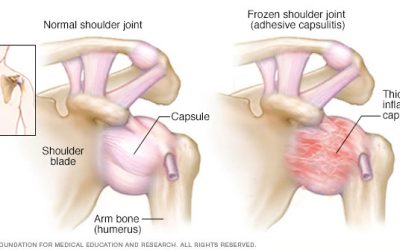What is Chest Physiotherapy?
Chest physiotherapy (Also known as respiratory physiotherapy) incorporates physical techniques that improve respiratory functions for your lungs and address the removal of secretion and improve airway clearance to help improve breathing. Typical methods includes but not limited to:
- Coughing: Sitting in an upright position, inhale deeply through the nose. then exhale in short puffs or coughs. This is repeated several times a day.
- Deep breathing: Helps expand the lungs and forces an improved distribution of the air into all sections of the lungs.
- Postural drainage: Uses the force of gravity to assist in effectively draining secretions from the smaller airways into the central airway where they can either be coughed up or suctioned out.
- Percussion & vibration: Involves rhythmically striking the chest wall with cupped hands. It is also called cupping or clapping. The purpose of percussion is to break up thick secretions in the lungs so they can more easily be removed.
- Positive expiratory pressure (PEP): It is an airway clearance method that is administered by applying a mechanical pressure device to the mouth. By breathing out with a moderate force through the resistance of the device, a positive pressure is created in the airways that helps to keep them open.
- Flutter: The flutter valve is a portable hand-held device designed to combine positive expiratory pressure (PEP) with high frequency airway oscillations. Breathing through the device results in a vibration of the airway walls, which in turn loosens secretions.
Author
-

Guyver Mac
Managing Director & Principal PhysiotherapistGuyver specialises in gerontology and neurological physiotherapy, and has been working with NDIS since 2017 and practicing physiotherapy since 2015. He excels in treating conditions like Multiple Sclerosis (MS), stroke, neurological conditions, and global developmental delay. One of Guyver's favourite career moments as a physio is helping an Inspire Healthcare client with Multiple Sclerosis walk his daughter down the aisle at her wedding. Outside of work, Guyver enjoys going to the gym, swimming, and watching rugby league.

